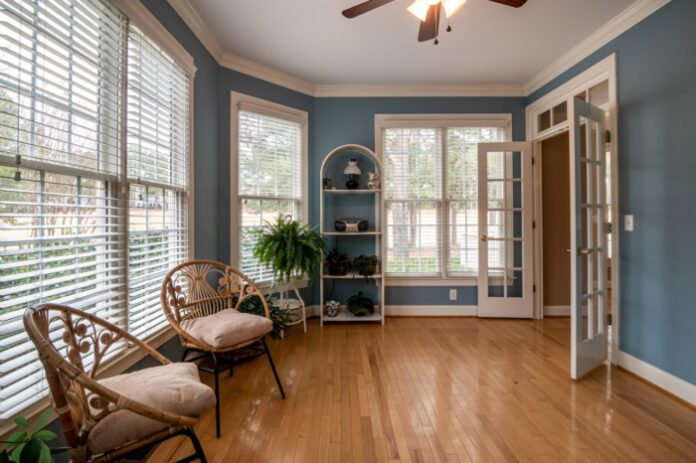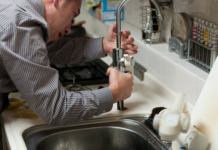Upgrading your flooring is a significant overhaul that will transform the look and feel of your home. Whether you’re remodelling a single room, the whole house or just updating the floors; choosing the right flooring is crucial. Apart from aesthetics, it’s essential to consider factors like cleanliness, durability and maintenance. This article will explore 7 things to consider when upgrading your flooring.
Cleanliness
Cleanliness is a top priority for any homeowner. Different flooring materials require varying levels of maintenance and upkeep. For instance, solid wood floors are relatively easy to clean and maintain, requiring regular sweeping and occasional polishing. Carpets, on the other hand, tend to accumulate dust, allergens and stains, which means they require regular vacuuming and occasional professional cleaning.
When updating your flooring, consider your lifestyle, household members and any pets to ensure a clean and hygienic living space.
Style and Aesthetics
The flooring may not be the most noticeable feature of a room, but it is one of the largest and therefore sets the tone for the entire space. It is important to consider the style and aesthetics of your home when selecting what floor to use.
Solid wood flooring provides a timeless and elegant appeal, while laminate and luxury vinyl tiles (LVTs) offer a wide variety of patterns and designs to suit different interior styles.
Look at some interior design magazines to see how your favourite interior styles are paired with different flooring surfaces and get some inspiration.
Durability and Longevity
Flooring is a long-term investment, so durability should be a key consideration. Depending on the area of your home, durability will be either more or less important. You’ll also need to consider the moisture exposure of your rooms when selecting your flooring.
Laminate or LVTs are great for high-traffic areas such as hallways and living rooms. In areas that see a lot of moisture, like the kitchen and bathroom, waterproof materials are recommended. LVTs are very popular in bathrooms for this reason.
Maintenance and Upkeep
The level of maintenance and upkeep you’re willing to put into your floor will largely depend on your lifestyle. If you have access to a good handyman and cleaner, or you have a lot of time to dedicate to the house, you may be more inclined to go for something that needs a little more TLC.
Solid wood flooring, for example, may need refinishing periodically to maintain its appearance. Carpets require frequent vacuuming and professional deep cleaning. Be realistic about the time and effort you can dedicate to maintaining your flooring, as neglecting proper care can lead to premature wear and damage.
Comfort and Noise Reduction
The comfort of your flooring is an important aspect, it is your home after all! Solid wood flooring and laminate can be hard on the feet, so adding rugs or using underfloor heating can enhance comfort. Carpets, on the other hand, provide a soft and cushioned feel underfoot.
You’ll also want to consider the noise reduction properties of your chosen flooring, particularly if you live in a terraced house or flat. Carpeting or cork flooring can help absorb sound, or you can add noise-reducing underlays to other types of floor.
Environmental Impact
With increasing awareness of environmental sustainability, many homeowners prefer eco-friendly flooring options. Consider materials that are renewable, recyclable or made from sustainable sources.
Bamboo and cork are popular choices as they grow quickly and are renewable. Additionally, some manufacturers have recycled or reclaimed wood flooring options.
Budget
Last but not least, budget is always going to play a significant role in deciding what flooring you choose. Like with most things, the recommendation is to spend as much as you can afford, with the intention of reducing the cost of replacing it in the future.
If you have a large budget and wish to reduce incurring further costs in the future, high-quality engineered wood is a good option. Engineered wood offers more durability than solid wood, meaning it can last longer with less maintenance.
If you have a smaller budget but durability is still important to you, LVTs are a great option.
Conclusion
When considering your flooring, there are lots of things to think about! We recommend ordering free samples and then going over the points raised above. Test their durability, and what they look like at different times of day, under both artificial and natural light.
You may find some flooring looks different inside your house, so try a few similar shades together to find the perfect floor for you.














































